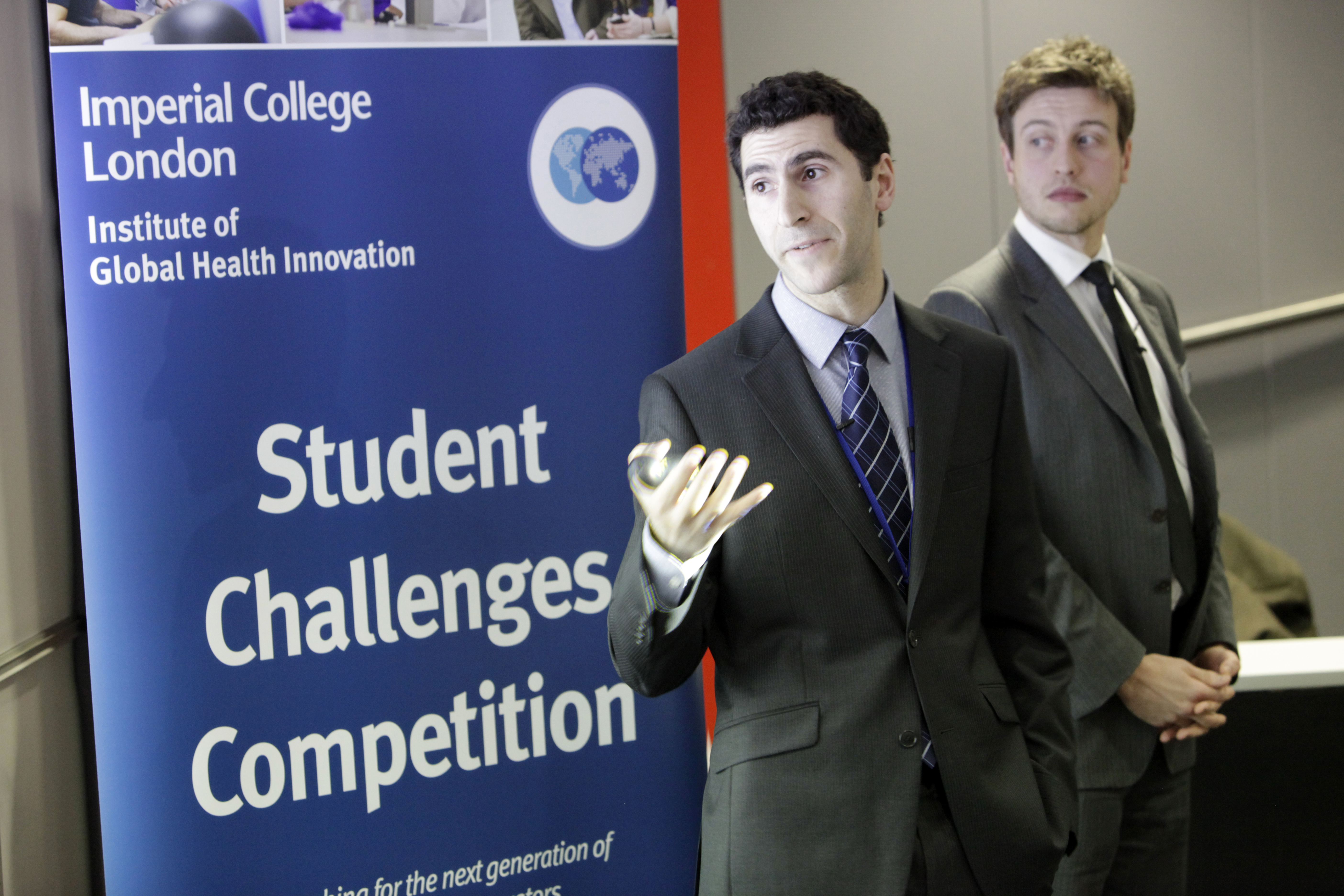Photographs that change the world
 By Student Challenges Audience Choice Award winners Jacob Levi, Amanda Stenbaek and Hiba Saleem-Danish
By Student Challenges Audience Choice Award winners Jacob Levi, Amanda Stenbaek and Hiba Saleem-Danish
In Feb 2015, we took part in the IGHI Student Challenges competition and won the 3rd place prize of £1000, towards our Photovoice App Development Project.
Photovoice is a research method, which is already in use globally, whereby photographic data is collected and analyzed in order to gain insight into various health, social or community problems. Currently, the methodology is inefficient and expensive. Cameras are distributed to communities in and they’re asked to capture images, which depict a problem in their life, however, our concept was to modernize and improve the Photovoice methodology in a digital age. At the time of the competition, our concept was very new, exciting and flexible. We wanted to make a mobile application to store and take the photos. Since then, we have done some follow up research with users of Photovoice and to make our service more useable. We have rebranded our service to create: My Vupoint – a mobile responsive website, which is the first stage of our vision. (more…)












 With
With 